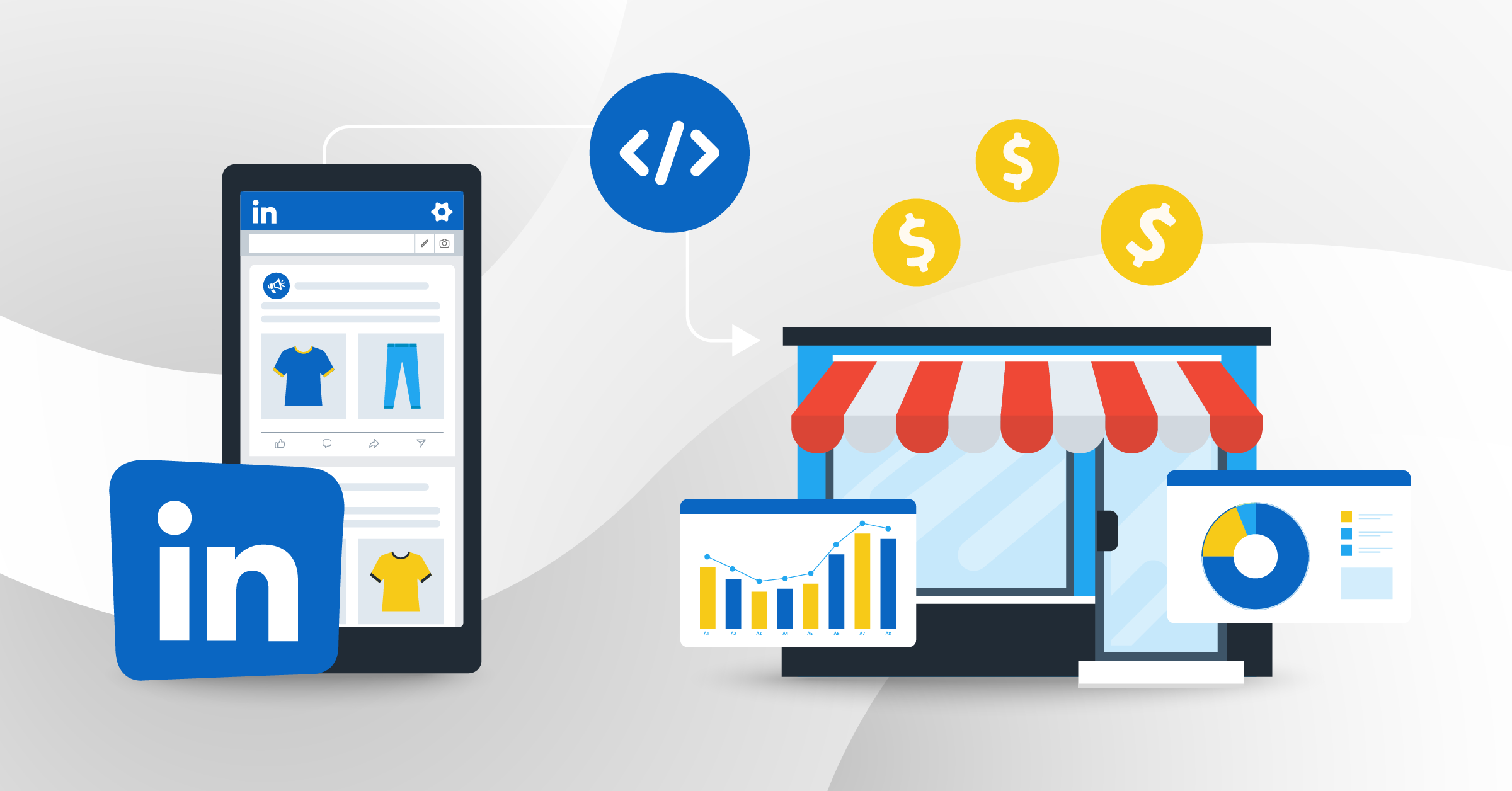
We’ve all been there, trying to phone a company’s call center to sort out an issue or ask a question. The problems that have often arisen have ranged from long waiting times (with awful music) to finally speaking to someone only to find they’re on the wrong team. With the global call center industry projected to be near $500 billion by 2030, it’s natural that businesses are constantly seeking ways to improve.
Thankfully, technology has ridden to the rescue, and call center automation has now solved many of the problems customers previously experienced. Moreover, automation helps call center businesses optimize their workflows by connecting their marketing stack.
What is call center automation?

Source: Dialpad.com
Put simply, it’s where an organization utilizes various forms of modern technology to streamline processes and to make workflows – and the overall performance of the center – more efficient. In many cases, they will fulfill repetitive tasks so your human agents can focus on more important and productive tasks. It’s worth noting that it’s forecast that automation will reduce labor costs by around $80 billion by 2026.
Another advantage of using automation software is that it can help your business improve a number of metrics, including FCR (first call resolution) rates, ART (average response time), and any of the customer satisfaction KPIs you may use. Much of the AI in contact centers is not only powered by AI but also uses machine learning (ML) to constantly learn and improve on what they do.
Call center automation trends

Source: voicespin.com
So, which areas of operations could benefit the most from call center automation ideas?
1. IVR (interactive voice response)
Although IVR predates the automation systems we’re seeing now, they’ve been brought up to date with AI and ML. It’s now a form of call center automation that can help ensure more accurate routing by offering callers the different options available so that the first real person they speak to is the one who can solve their issue. IVR can be a fantastic tool for improving your FCR rates.
2. RPA (robotic process automation)
Contact center management can be about much more than making or receiving calls. There are many time-consuming tasks that can take your agents away from other work. These can include sending follow-up emails or identifying caller information. RPA can automate these tasks and, when integrated with your CRM (customer relationship management) system, can help agents know about a customer’s previous interaction, thus improving the customer experience.
3. Forecasting
You will know all too well that your center will experience quiet periods and periods where there is a high volume of calls. While some patterns are easily mappable, others can be hard to predict. Knowing scheduling needs and how to scale a call center efficiently can be essential. Some automation solutions can help forecast what your needs will be in the future so that you can adjust schedules or hire new staff as and when needed.
4. Automating workflows
In a normal working day, your agents will do much more than simply answer calls. They may need to solve a customer’s issue, send emails with more information, update your CRM with details of that interaction, and so on. One issue with this, especially when it’s busy, is that some processes are prone to human errors. By automating workflows, you reduce human error while streamlining the relevant processes.
5. Compliance
Depending on the area your contact center is operating in, there are various laws and regulations you need to adhere to, such as TCPA. While your agents may have received extensive training in laws such as HIPAA (Health Insurance Portability and Accountability Act), that old human error issue can sometimes raise its ugly head. Call center automation software can help ensure compliance by guiding them through scenarios where the laws or regulations apply.
6. Sales

Source: cloudtalk.io
Your agents may not just be handling customer service queries. Some of their responsibilities may include selling (and cross-selling and upselling). Sales cycles – and associated tasks – can often be complex, and one of the great call center automation trends is to simplify this process. You may also be receiving queries generated by ads on Google on social media platforms. You can use automation to:
- Send post-sale emails and any necessary info.
- Fill in information on your CRM and other relevant tools.
- Start the onboarding process when needed.
- Identify potential targets for future campaigns and send them details.
7. Automate SOX compliance
Many call center managers can get confused when asked what is SOX compliance checklist is. The Sarbanes-Oxley Act (SOX) is about how you report different aspects of your business, including financial and IT areas. You can automate certain areas of your SOX compliance needs so that you’re sure regulatory requirements are being met.
8. Scheduling
Agent schedules were briefly mentioned when discussing forecasting. It’s an important area of call center operations as you want to avoid scenarios where you have too many or too few agents working. Automating the scheduling process – and combining it with your forecasts – means that you can avoid scheduling gaps and financial losses as a result. The software can map all agents’ shifts, note holiday applications, and ensure that all shifts are adequately covered.
9. Customer interactions
One thing you’ll know well is that not every call is complicated, nor do they really need a human agent to deal with them. One of the most helpful aspects of support automation in call center solutions is to streamline certain interactions.
By automating interactions such as routine inquiries, information retrieval, and issue resolution, call center automation enhances efficiency and also allows your human agents to focus on more complex and personalized customer interactions, ultimately elevating the overall customer experience.
It’s worth noting that companies that use AI can handle twice as many calls on average. By using tools such as chatbots and IVR, you can help customers help themselves so that agents can focus on more complex calls.
10. Agent guidance
While your agents are undoubtedly well-trained, everyone could use a little help sometimes. Among the many useful call center automation trends is using automated systems to provide agent guidance on-screen. This guidance can range from the relatively simple, such as telling an agent when they’re talking too fast, to providing answers to specific questions triggered by a keyword spoken by the customer.
Effective agent guidance is a key component of support team management, ensuring that teams receive timely assistance and resources to perform at their best.
Six main technologies in call center automation software
You can see the various uses that automation has in your call center software, making life easier for your agents and improving the customer experience. But what are the main technologies you should be thinking about?
1. Chatbots
Chatbots have come a long way in recent years, and with NLP (natural language processing) and ML, they can now have almost human conversations with customers. They can be extremely useful when it comes to solving simple issues for customers, such as changing passwords, checking an account balance, or domain name registration.
2. Machine learning
This is something that lies at the heart of good call center automation. It uses algorithms to identify any patterns in customer behavior and interactions as well as being able to collate customer feedback. You can use ML to analyze both customer and employee satisfaction levels and can even help monitor tone and language on active calls.
3. Neural networks
It may sound a bit sci-fi, but neural networks are what help automation software to process data similarly to your own brain. Neural networks can be extremely useful in providing insights based on analysis of interactions so that you can make changes – if needed – to make the customer experience better.
4. Marketing automation and integration
Integrating your marketing stack can make a huge difference to your workflow by allowing data to flow freely across your various marketing solutions. With tools like LeadsBridge, you can bring your marketing automation to the next level by easily building integrations between the main advertising platforms and any CRM or marketing apps.
For example, you can consider integrating your call tracking software with your management platform or connect your SMS and phone marketing to your leads and contacts solution. All of this ensures that you can get the most out of your marketing automation, as you can easily control the entire process and make the most out of your data.
5. TCPA tools
In the increasingly regulated world of telemarketing and consumer outreach, understanding and complying with the Telephone Consumer Protection Act (TCPA) is more crucial than ever. This is where TCPA compliance tools come into play and one solution at the forefront is TrustedForm, which, along with LeadsBirdge, is a part of ActiveProspect’s consent-based marketing platform.
TrustedForm offers a comprehensive system to document and store leads’ express written consent, thereby helping marketers stay on the right side of the law. However, there is more than one TrustedForm compliance solution.
- TrustedForm Certify provides a certificate with each lead, proving consent was obtained, which is invaluable during audits or legal disputes. Certify provides unbiased independent documentation of consent and real-time actionable insights about the leads you are acquiring.
- TrustedForm Retain enables businesses to store these critical consent certificates securely for as long as five years. When leads provide express written consent for contact, retaining these certificates is paramount, ensuring compliance with the TCPA and other regulations while showcasing your dedication to responsible business practices
- TrustedForm Insights gives you an analytic edge, offering valuable data on how consumers interact with your forms. TrustedForm Insights provides in-depth data on every lead generation event in real time, empowering you to make informed, data-driven decisions to optimize your lead-buying strategies and maximize ROI.
- TrustedForm Verify goes a step further by allowing real-time verification of consent for leads acquired from third parties. TrustedForm Verify offers real-time TCPA-compliant language management, allowing you to confidently engage with prospects who have explicitly granted consent.
Through the combination of LeadsBridge and TrustedForm, you can rest assured that both your automation and compliance needs will be met.
6. Call center automation CRMs
Call center CRM software, a game-changer in managing customer interactions, is at the core of modern call center operations. This intelligent platform streamlines various processes within a call center, allowing for seamless customer support and sales activities.
But how does call center automation CRM actually work? It primarily functions by consolidating customer information into a single database, enabling easy access and management of customer profiles. Users can track all interactions—calls, emails, social media engagements—ensuring that no query goes unanswered or gets lost in the shuffle.
The benefits of integrating a CRM system into a call center are manifold. It boosts efficiency by automating routine tasks such as call logging, ticketing, and follow-ups. The software ensures a personalized customer experience by providing service agents with prior interaction history, preferences, and potential issues. In addition, it enables better analytics and reporting, contributing to strategic decision-making with insights into performance metrics and customer satisfaction. In essence, call center automation CRMs form the backbone of an efficient, responsive, and customer-oriented call center.
The takeaway
One thing is for sure: automation is here to stay. In fact, not only will you see increased use of call center automation, but it will also become better and more efficient. If your call center is currently not using any automated solutions, then you run the risk of falling behind any competitors as well as not being able to improve customer service and the various metrics that matter.
While some call center automation trends may not be relevant to your particular area of work, others could boost your productivity and efficiency. You may also have agents who work remotely, and automation integrated into virtual call center technology can help overcome potential hurdles in that area.
Learn how call center automation can improve your customer service and enhance your business. See what tasks or services can be automated through the power of LeadsBridge!
































